Table of Contents
Introduction:
Partially Oriented Yarn, often referred to by its abbreviation POY, plays a crucial role in the textile industry. It’s the primary form of synthetic yarn from which other varieties of yarns like Drawn Textured Yarn (DTY) and Fully Drawn Yarn (FDY) are produced.
What is Partially Oriented Yarn (POY)?
POY is a type of polyester yarn that is only partially stretched and oriented. It is produced from the melting and extrusion (spinning) of the polyester chip or PET (Polyethylene Terephthalate) chip. Due to its partial orientation, POY is not suitable for direct textile applications, so it often undergoes further processing to make it more versatile.
Manufacturing Process of POY:
- Polymerization: The initial step involves the creation of the polyester chip through the polymerization of purified raw materials.
- Melting: The polymer chips are then melted at high temperatures to form a thick, viscous liquid.
- Extrusion or Spinning: This melted liquid is extruded or spun through a spinneret, which shapes the liquid into numerous individual fibers.
- Quenching: The extruded fibers are then cooled rapidly in a quenching chamber. This process solidifies the fibers.
- Winding: Finally, these fibers are wound onto bobbins or large spools, forming the POY.
Key Features of POY:
- Lustrous Appearance: POY naturally has a bright, lustrous appearance, which can be altered to semi-dull or full-dull by adding delustering agents during the polymerization process.
- Tenacity: Compared to fully oriented yarn, POY has a lower tenacity. This makes it easier to stretch during subsequent processes.
- Elongation: POY has a higher elongation percentage, which aids in further drawing or texturing processes.
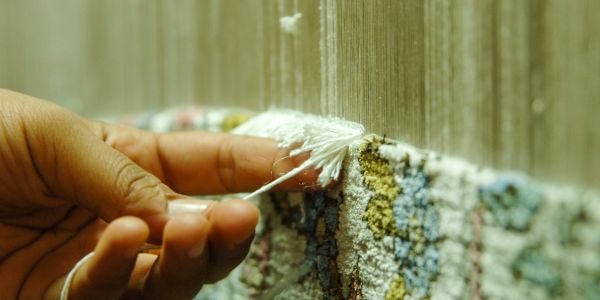
Applications of POY:
While POY itself is not directly woven into fabrics due to its intermediate properties, it serves as the foundation for other yarn types. These derivative yarns, such as DTY and FDY, are used extensively in the production of:
- Apparel like shirts, trousers, and dresses.
- Home textiles including curtains, bed linens, and upholstery.
- Technical textiles for automotive, medical, and industrial applications.
Advantages of POY:
- Economical: The production of POY is cost-effective, making it an economical choice for manufacturers.
- Versatility: Since it’s the base yarn for other varieties, its production paves the way for a plethora of textile applications.
- Consistency: Modern manufacturing techniques ensure that POY has consistent properties, which is crucial for the next stages of yarn production.
Top 10 POY manufacturers in the world:
- Reliance Industries Limited (RIL): An Indian conglomerate, RIL has a significant presence in the polyester sector, making it one of the largest producers of POY.
- Indorama Ventures: Based in Thailand, this company is one of the world’s leading producers of intermediate petrochemicals, including POY.
- Sinopec Yizheng Chemical Fibre Company Limited: A subsidiary of the Sinopec Group, they are one of China’s largest producers of polyester.
- Tongkun Group Co., Ltd.: Another prominent player from China, Tongkun Group is deeply involved in the production of polyester filaments, including POY.
- Zhejiang Hengyi Group Co.: A prominent Chinese company in the field of petrochemicals and textiles.
- JBF Industries Ltd.: This Indian company has a significant standing in the polyester sector, producing a range of polyester products, including POY.
- Nan Ya Plastics Corporation: A subsidiary of the Formosa Plastics Group of Taiwan, they are significant players in the production of polyester fibers.
- Far Eastern New Century Corp.: Based in Taiwan, this company has a substantial production capacity for POY and other polyester products.
- Recron Malaysia: A part of the RIL Group, Recron has a considerable presence in Southeast Asia, manufacturing various polyester products.
- Xianglu Petrochemicals: A major player in China, they produce a wide range of petrochemical products, including POY.
Partially Oriented Yarn is an indispensable component in the world of synthetic textiles. Its intermediary nature allows for further modifications, enabling the production of a vast array of textile products. Whether you’re a stakeholder in the textile industry or an enthusiast, understanding the role and importance of POY is fundamental to appreciating the complexity and versatility of the fabrics that surround us.


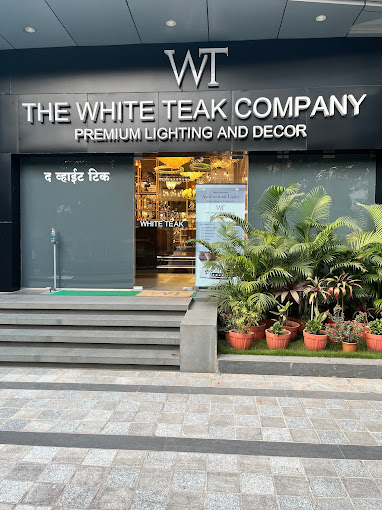

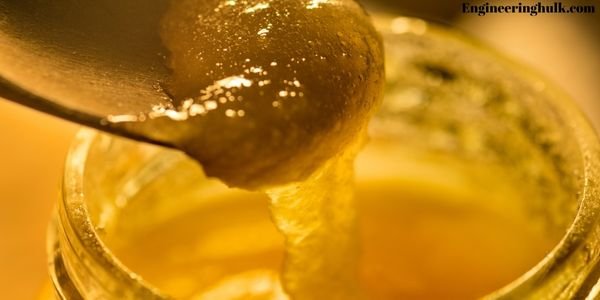



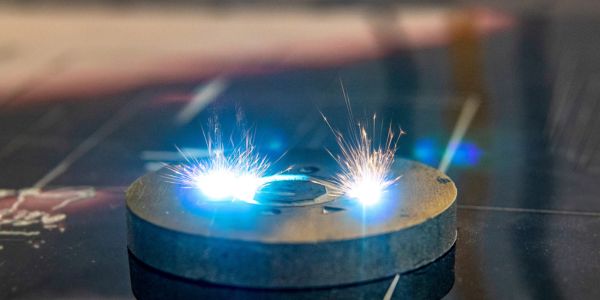



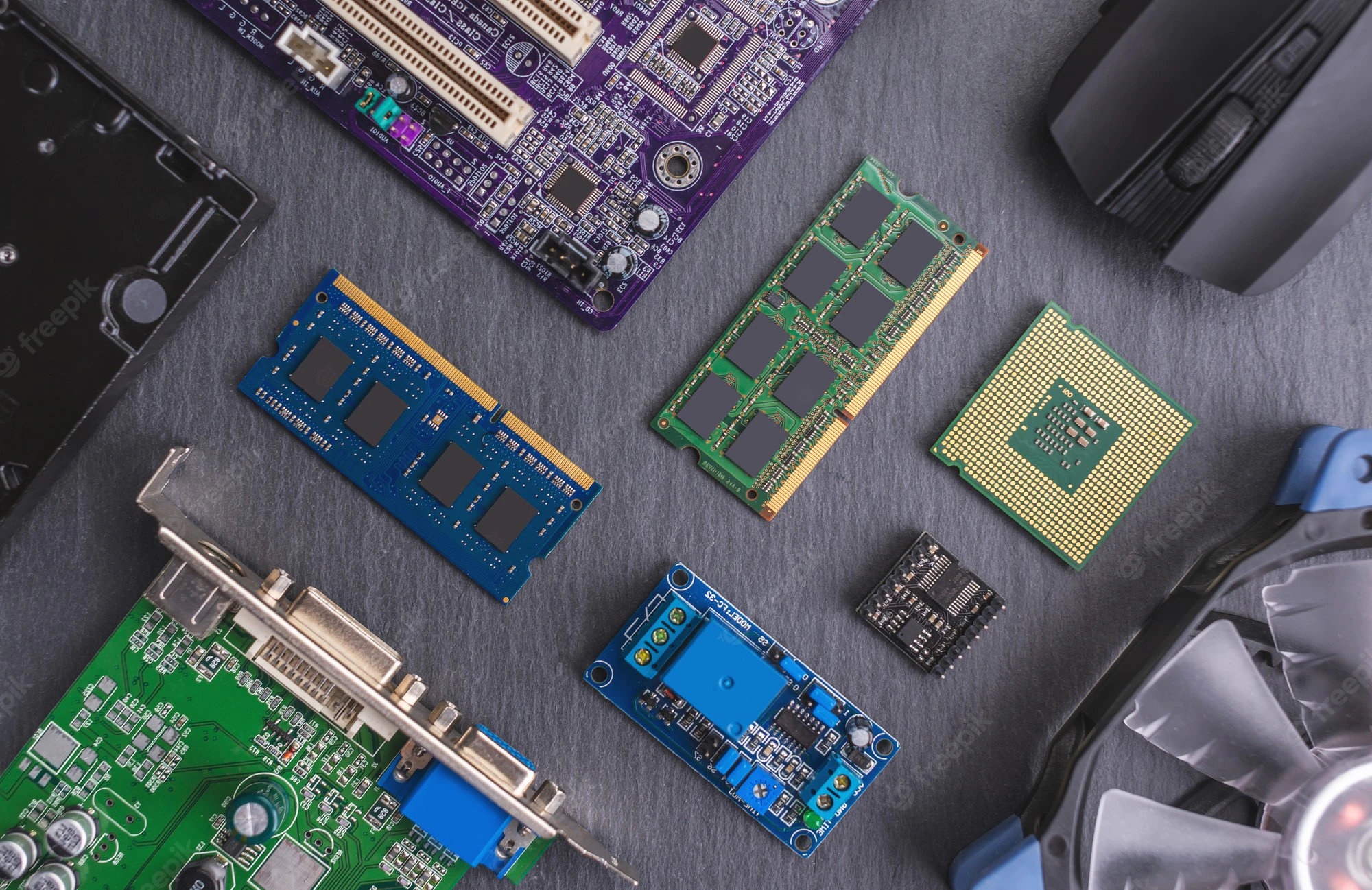


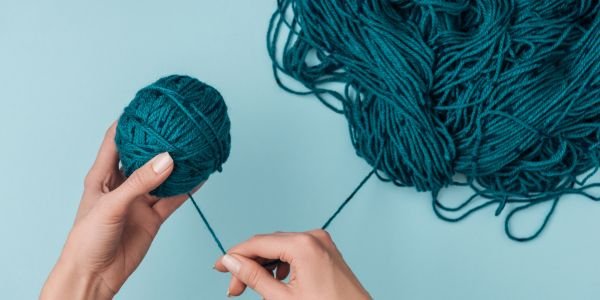



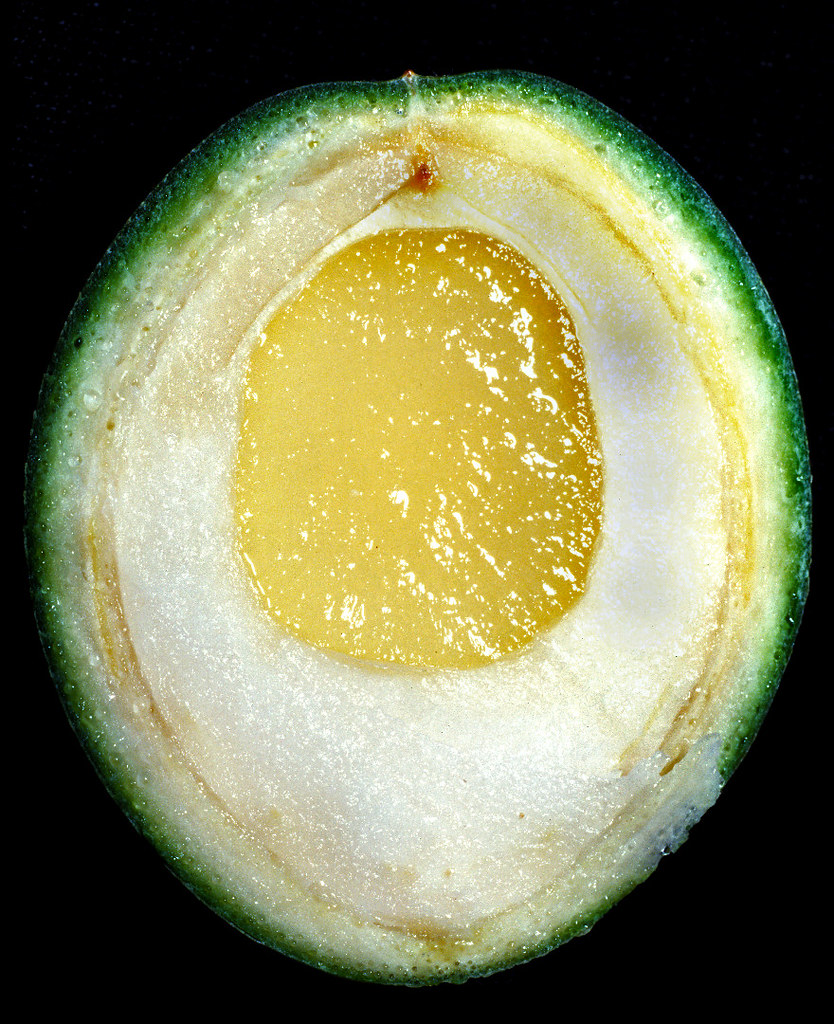
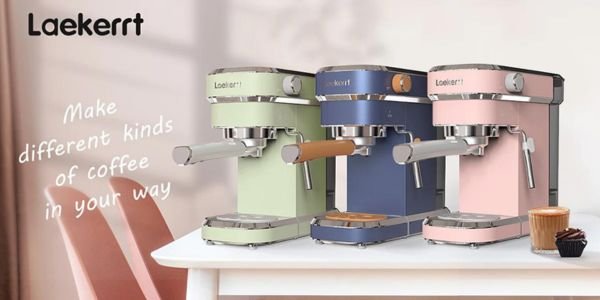
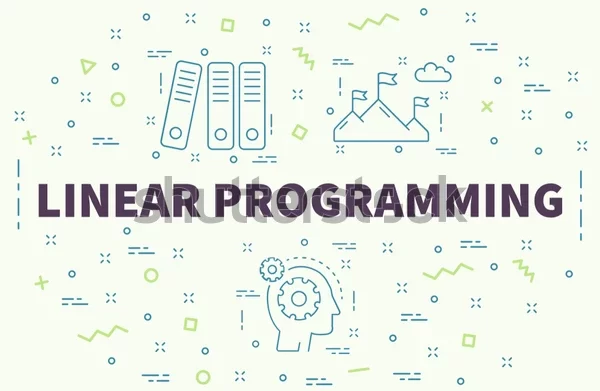








Comment on “Partially Oriented Yarn (POY) – Detailed Overview 2024”
Comments are closed.